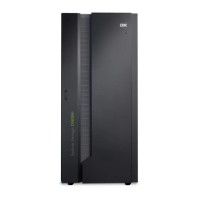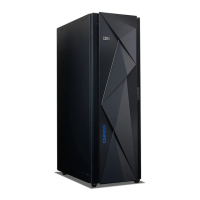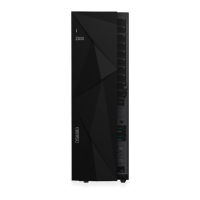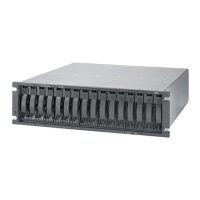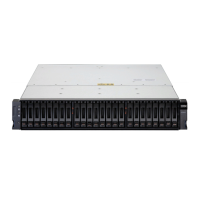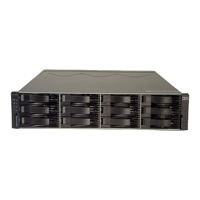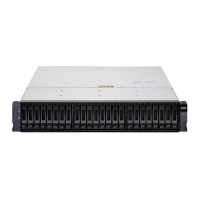http://www.ibm.com/servers/storage/disk/ds8000/
Planning data migration
The planning and methods of data migration for the DS8000 vary by environment.
The DS8000 supports over 90 operating systems. You can migrate data to a storage
unit from these host and operating system environments.
When you plan for data migration, consider the following factors:
Note:
The following lists do not cover every possibility. They provide a high-level
view of some of the tools and factors that you can consider when moving
data.
v The system:
– Is it a System z or UNIX-based system? You might use IBM System Storage
Remote Mirror and Copy functions such as Metro Mirror and Global Mirror
or some variation of a logical volume manager.
– Is it System z? You will probably use DFDSS, though there are many choices.
– Is it VM? You might use DASD Dump Restore or PTAPE.
– Is it VSE? You might use the VSE fastcopy or ditto commands.
Your system administrator selects the data migration method that is the best
compromise between efficiency and impact on the users of the system.
v The storage unit:
– Are the storage units involved the same with the same level of licensed
management code?
– Are the storage units different? In which case you want to ensure that the
new configuration is large enough to accommodate the existing data. You also
want to ensure that the virtual disks are similar in configuration to the disk
drives that they are replacing.
v
Time and complexity involved:
– Typically data migration requires that updates or changes cease while the
movement occurs. Also, depending on the amount of data that you are
moving and your migrating method, data could be unavailable for an
extended period of time, perhaps several hours.
– Could the complexity and time involved require the services of IBM through
International Global Services? Contact your IBM representative for more
information.
Logical configuration overview
Before you configure your DS8000, it is important to understand IBM terminology
for storage concepts and the storage hierarchy.
In the storage hierarchy, you begin with a disk. Logical groupings of eight disks
form an array site. Logical groupings of one array site form an array. After you
define your array storage type as CKD or fixed block, you can create a rank. A
rank is divided into a number of fixed-size extents. If you work with an
open-systems host, an extent is 1 GB. If you work in an IBM System z
environment, an extent is the size of an IBM 3390 Mod 1 disk drive.
32 DS8000 User’s Guide
